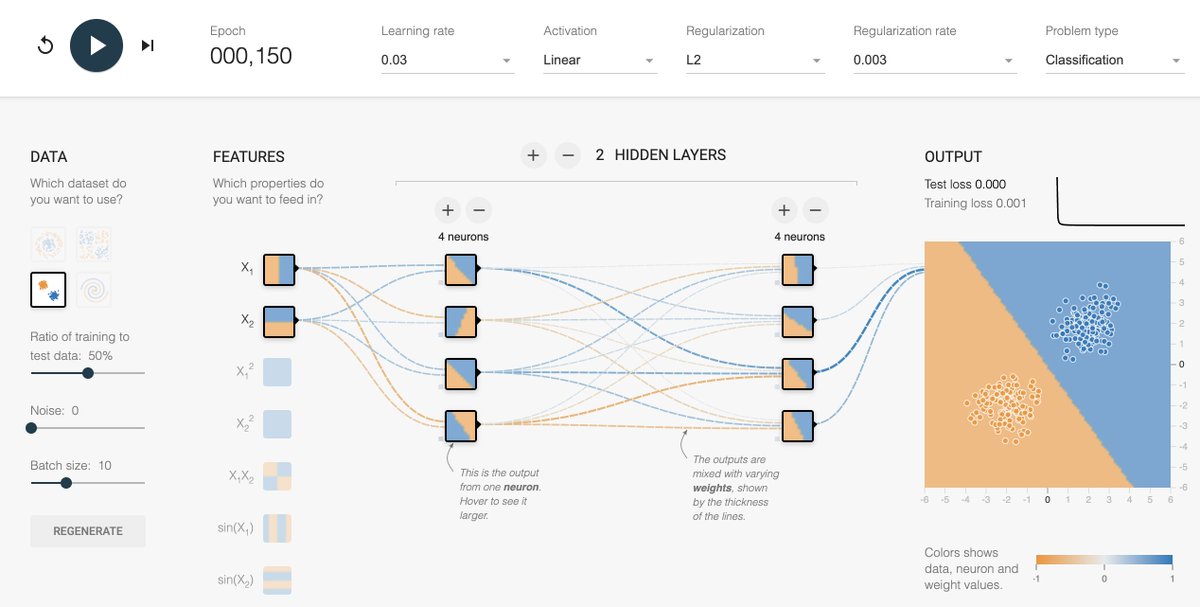
Ready to take your machine learning models into production?
@awscloud offers SageMaker, a fully managed machine learning service that acts as a one-stop-shop for everything you need.
The list of services is impressive:
🧵👇
@awscloud offers SageMaker, a fully managed machine learning service that acts as a one-stop-shop for everything you need.
The list of services is impressive:
🧵👇
1. Studio
2. Projects
3. Studio Notebooks
4. Experiments
5. Debugger
6. Model Registry
7. Model Building Pipelines
8. Model Monitor
9. Lineage Tracking
10. Feature Store
11. Data Wrangler
12. Preprocessing
13. Batch Transform
14. Ground Truth
15. Augmented AI
16. Edge Manager
👇
2. Projects
3. Studio Notebooks
4. Experiments
5. Debugger
6. Model Registry
7. Model Building Pipelines
8. Model Monitor
9. Lineage Tracking
10. Feature Store
11. Data Wrangler
12. Preprocessing
13. Batch Transform
14. Ground Truth
15. Augmented AI
16. Edge Manager
👇
17. Autopilot
18. Neo
19. Elastic Inference
20. Reinforcement Learning
21. JumpStart
22. Clarify
I've been working for years with SageMaker, and the services are incredibly comprehensive. Whatever I need to do, I can find.
(Plus, you can combine them with the rest of AWS!)
👇
18. Neo
19. Elastic Inference
20. Reinforcement Learning
21. JumpStart
22. Clarify
I've been working for years with SageMaker, and the services are incredibly comprehensive. Whatever I need to do, I can find.
(Plus, you can combine them with the rest of AWS!)
👇
If you are interested, a great place to start is "Machine Learning with Amazon SageMaker."
docs.aws.amazon.com/sagemaker/late…
docs.aws.amazon.com/sagemaker/late…

• • •
Missing some Tweet in this thread? You can try to
force a refresh








